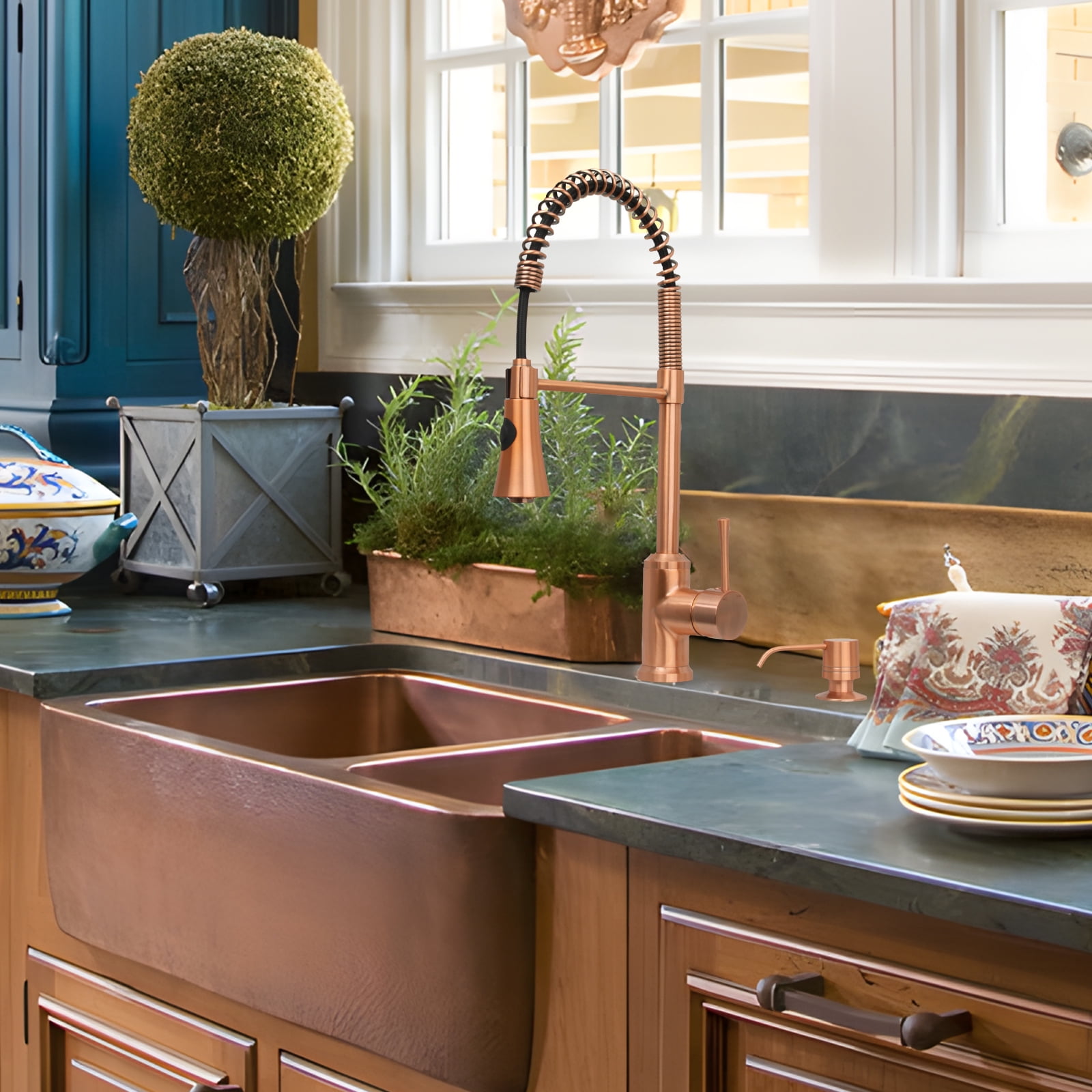How to replace kitchen sink faucet? Replacing a kitchen sink faucet is a DIY project that can greatly enhance the functionality and appearance of your kitchen. Whether you’re updating an old faucet or simply want to upgrade to a more efficient model, replacing a kitchen sink faucet can be a rewarding and cost-effective endeavor. Although it may seem like an intimidating task, with the right tools and step-by-step guidance, you can successfully replace your kitchen sink faucet. In this article, we will explore the process of replacing a kitchen sink faucet, including gathering the necessary tools, removing the old faucet, installing the new faucet, and testing for leaks. Let’s dive into the world of faucet replacement and discover how to achieve a professional and functional result.
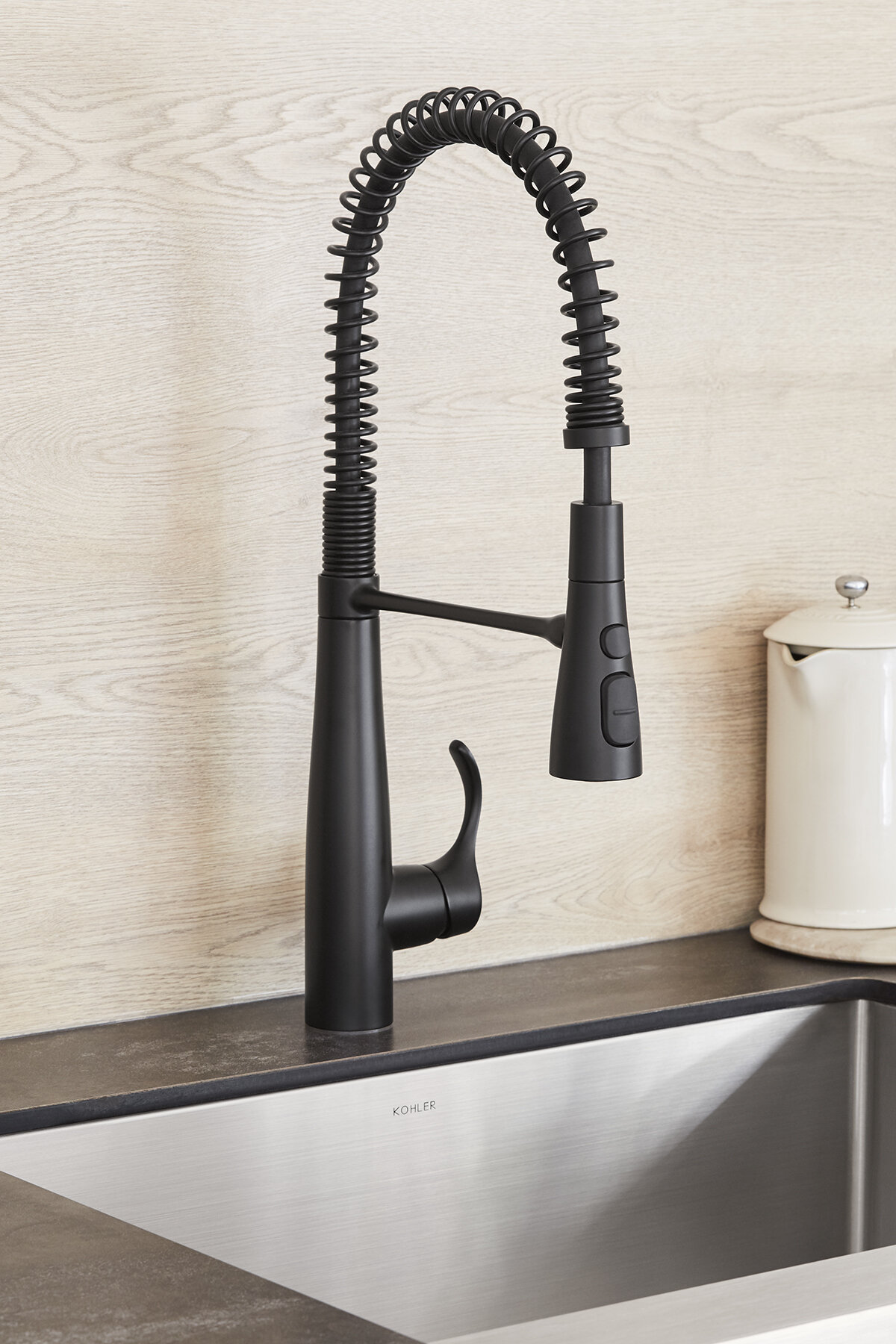
Gather the Necessary Tools:
Before starting the replacement process, gather the following tools and materials:
- New Faucet: Select a new kitchen sink faucet that suits your style preferences, functionality needs, and budget. Ensure the new faucet is compatible with your existing sink or consider purchasing a new sink if necessary.
- Adjustable Wrench: An adjustable wrench is a versatile tool that allows you to loosen and tighten nuts and bolts of various sizes. It’s essential for removing and installing the faucet.
- Basin Wrench: A basin wrench is specifically designed for reaching and tightening nuts in tight spaces, such as under the sink. It will be required to remove and install the faucet nuts.
- Channel Lock Pliers: Channel lock pliers are useful for gripping and turning pipes and nuts. They provide leverage and enable you to loosen or tighten connections effectively.
- Plumbers’ Tape: Also known as Teflon tape, plumbers’ tape is used to create a watertight seal on threaded connections. It prevents leaks and ensures a secure connection.
Remove the Old Faucet:
Before installing the new faucet, you need to remove the old one. Follow these steps:
- Turn Off the Water Supply: Locate the shut-off valves under the sink and turn them clockwise to shut off the water supply. If you don’t have individual shut-off valves, you may need to shut off the main water supply to your home temporarily.
- Disconnect the Water Lines: Use an adjustable wrench or channel lock pliers to loosen and disconnect the water supply lines from the faucet. Place a towel or bucket under the connections to catch any residual water.
- Remove the Mounting Nuts: Locate the mounting nuts that secure the faucet to the sink. Use a basin wrench to loosen and remove the nuts. If the nuts are difficult to reach, you may need to use a flashlight or work from below the sink.
- Detach the Faucet: Once the mounting nuts are removed, lift the old faucet out of the sink. Clean the area around the sink to remove any debris or residue.
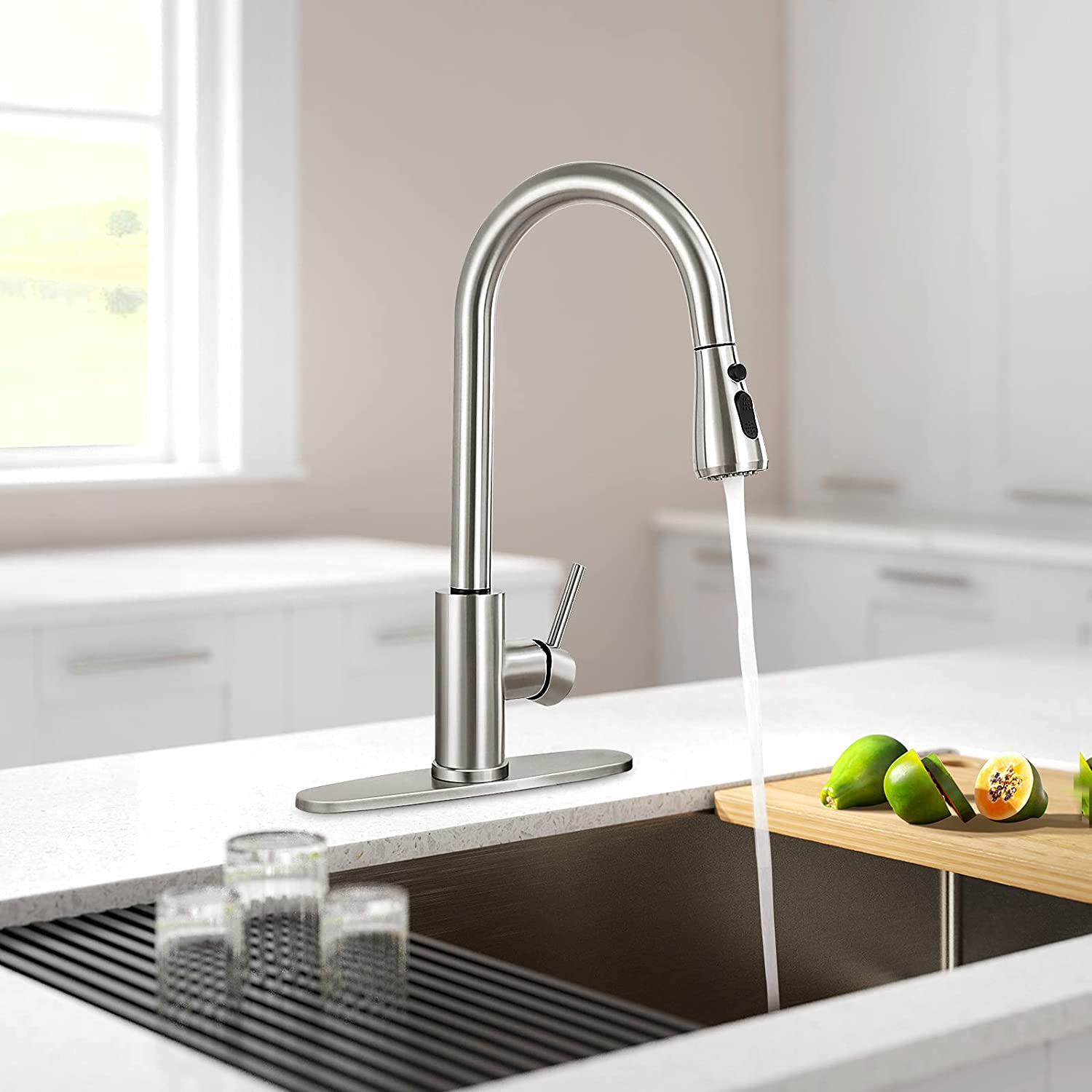
Install the New Faucet:
Now that you have removed the old faucet, follow these steps to install the new one:
- Position the New Faucet: Place the new faucet into the mounting holes on the sink. Ensure that the faucet aligns properly and that any gaskets or washers provided with the faucet are correctly placed.
- Secure the Faucet: From below the faucets out of style, use a basin wrench to thread and tighten the mounting nuts onto the faucet shanks. Ensure that the faucet is securely fastened to the sink and does not wobble.
- Connect the Water Supply Lines: Attach the water supply lines to the corresponding, labeled hot and cold water connections on the faucet. Use an adjustable wrench or pliers to tighten the connections. Wrap the threaded ends with plumbers’ tape for a watertight seal before connecting.
Test for Leaks:
Before completing the installation, it’s important to test for any leaks. Follow these steps:
- Turn On the Water Supply: Slowly turn on the water supply valves under the sink to allow water to flow to the faucet. Check for any leaks around the water supply connections and faucet handle.
- Check for Leaks: Thoroughly inspect all connections and fittings, including the water supply lines and the base of the faucet. Look for any signs of dripping or moisture. Tighten any loose connections or use plumbers’ tape as needed.
- Run the Faucet: Test the functionality of the new faucet by turning it on and off. Ensure that water flows smoothly and that there are no unexpected leaks or drips.
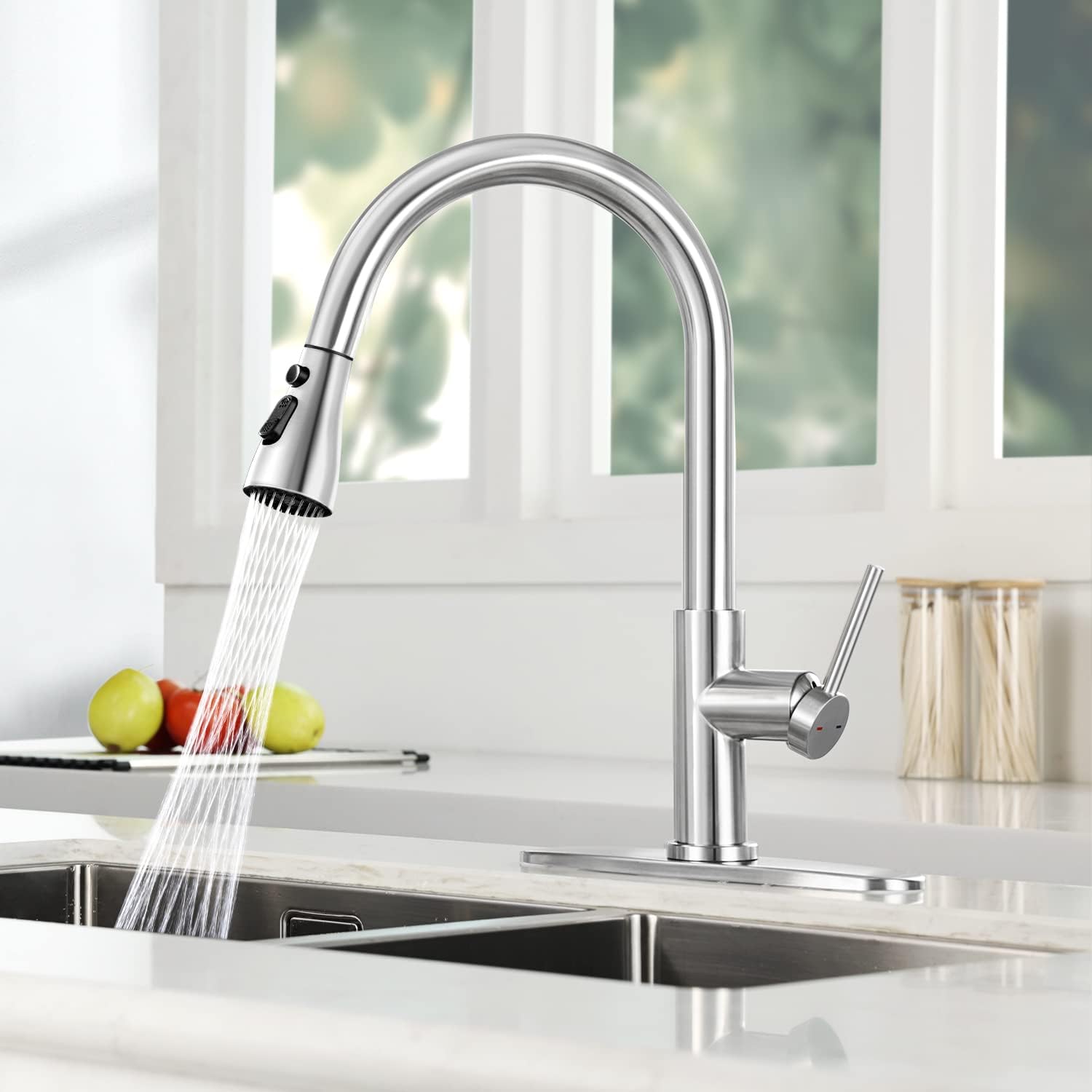
The role of kitchen sink faucet
The kitchen sink faucet is an essential fixture in any kitchen, playing a central role in various tasks and activities. From washing dishes and vegetables to filling pots and cleaning the sink, the faucet is a workhorse that provides water for numerous kitchen activities.
Water Dispensing:
The primary function of a kitchen sink faucet is to dispense water for various tasks. Consider the following:
- Washing Dishes: The faucet provides a steady stream of water for washing dishes, utensils, and cookware. The flow can be adjusted to suit specific cleaning needs, such as rinsing off soap or removing stubborn food particles.
- Food Preparation: From washing fruits and vegetables to filling pots for cooking, the faucet plays a crucial role in food preparation. It provides a reliable and convenient water source for cleaning and cooking.
- Cleaning and Maintenance: The faucet enables the user to clean the sink itself, along with other kitchen surfaces. It facilitates easy access to water for general maintenance and cleanliness.
Temperature Control:
Another important function of a kitchen sink faucet is temperature control. Consider the following:
- Mixing Hot and Cold Water: The faucet allows for precise control over water temperature, providing a comfortable and customized experience. By adjusting the hot and cold water supply, users can achieve the desired temperature for various tasks.
- Safety Features: Many modern types of sinks incorporate safety features to prevent scalding. These features include temperature limiters or anti-scald mechanisms that limit excessively hot water, protecting users from accidental burns.
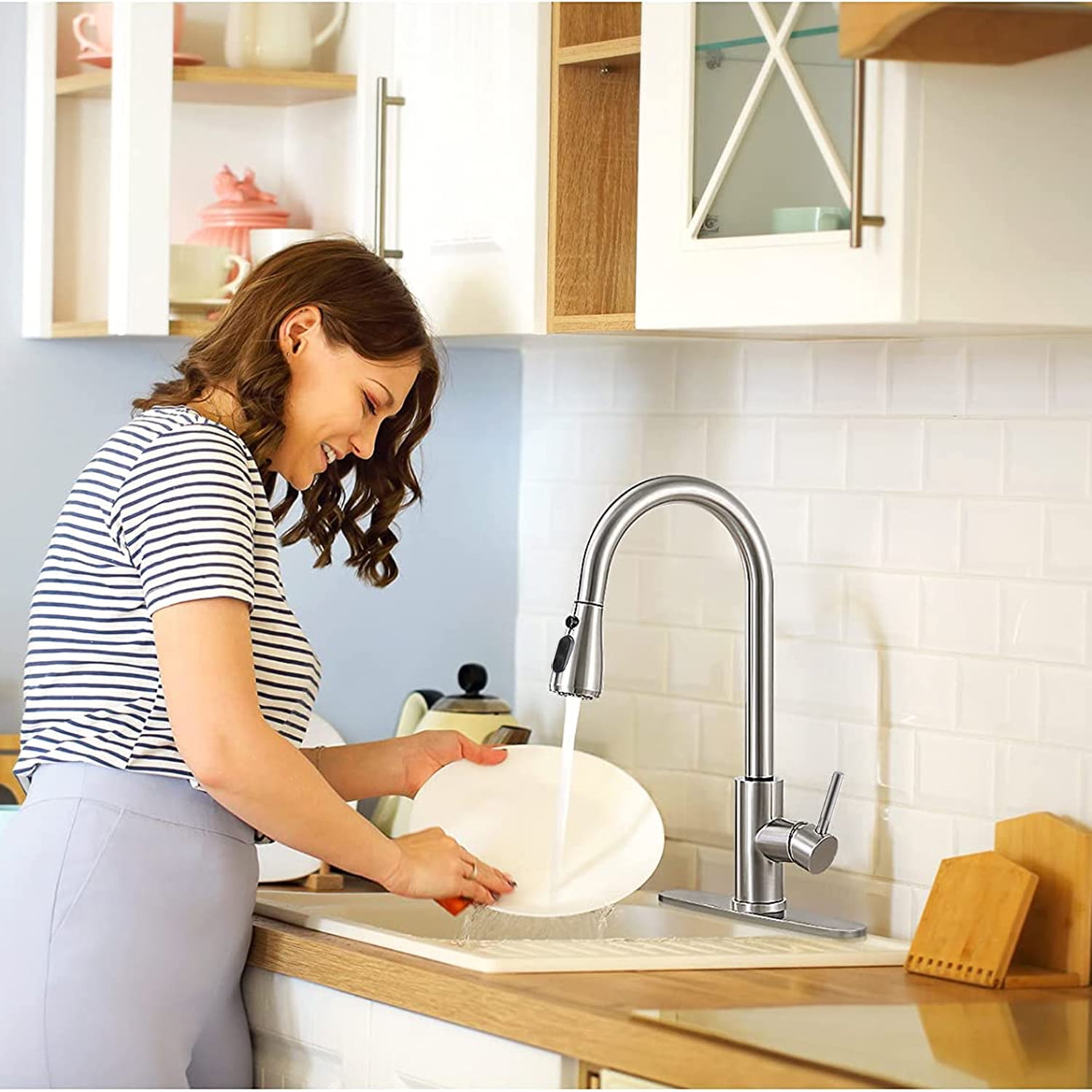
Design Considerations:
Kitchen sink faucet design has evolved over time, offering a range of features and styles. Consider the following considerations:
- Design Aesthetics: Faucets come in various designs, shapes, and finishes to complement different kitchen styles. From minimalist and contemporary to traditional and ornate, there is a faucet design to suit every kitchen aesthetic.
- Spout Height and Reach: The height and reach of the spout are essential considerations for functionality and convenience. Higher spouts provide more clearance for larger cookware, while extended reach facilitates easier access to all areas of the sink.
Conclusion:
How to replace kitchen sink faucet? Replacing a kitchen sink faucet is an achievable DIY project that can greatly improve the functionality and appearance of your kitchen. By gathering the necessary tools, removing the old faucet, installing the new faucet, and testing for leaks, you can successfully complete the replacement process. Remember to exercise caution, turn off the water supply, and use the appropriate tools to ensure a professional and functional result.
![]()
